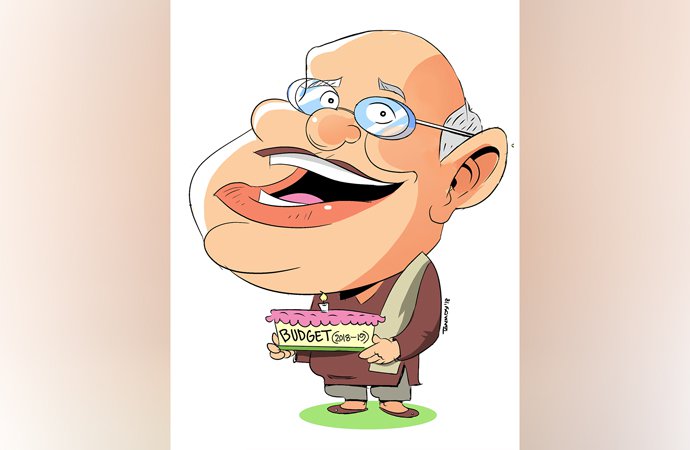By: Dilasha Seth
 NEW DELHI: Bangladesh has asked India to commit 15 lakh bales of cotton each year to its fast-growing garments industry. India’s frequent bans and restriction on export of farm produce to keep a check on domestic prices has invited criticism from its regular buyers.
NEW DELHI: Bangladesh has asked India to commit 15 lakh bales of cotton each year to its fast-growing garments industry. India’s frequent bans and restriction on export of farm produce to keep a check on domestic prices has invited criticism from its regular buyers.
In an interview to ET, Bangladesh Commerce Minister Ghulam Muhammed Quader said the deal is expected in two to three months. Ready-made garments account for 80% of Bangladesh’s total exports.
According to official estimates, Bangladesh imports about 35-40% of its cotton requirement from India. Cotton export is often caught up in lobbying by interest groups such as farmers that want better prices and industry that seeks assured supply at low prices. India had imposed ban on cotton for the second time in two years in March last year in order to ensure sufficient supply of cotton for its domestic textile industry.
The deal would mean that if India imposes a ban on cotton exports in any year and at the time of ban it has already exported, say, 12 lakh bales of cotton to Bangladesh in that year then it will be liable to export another 3 lakh bales of cotton to its eastern neighbour.
“The draft is almost finalized, and should be signed in the next 2-3 months after further negotiations,” said Quader. He added that Bangladesh would negotiate for a higher threshold if possible. Bangladesh also wants a business-to-business supply assurance while Indian government has so far agreed only to a government-to-business supply.
India says Cotton Corporation of India (CCI) would canalize cotton exports to Bangladesh if the government imposes a ban. Bangladesh is uncomfortable with the government export guarantee, arguing that government of India takes a lot of time with the supplies. “Indian government takes anywhere about a year with supplies, whereas the private people are quite prompt,” he said.
He added the large cotton exporters in India are the private players. India’s exports to Bangladesh saw a sharp 55% growth in the April-November period to $3.16 billion versus $2 billion during the same period in 2011. But of the total exports, approximately 25% is just cotton and yarn component, at $ 700 million.
Source: The Economic Times









